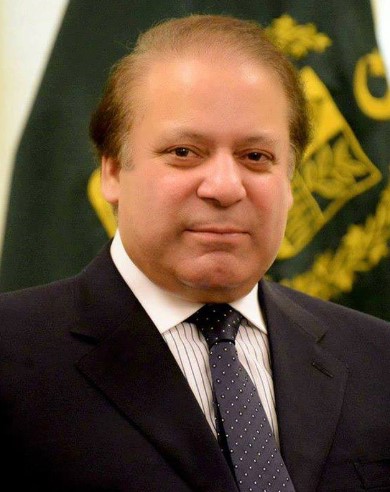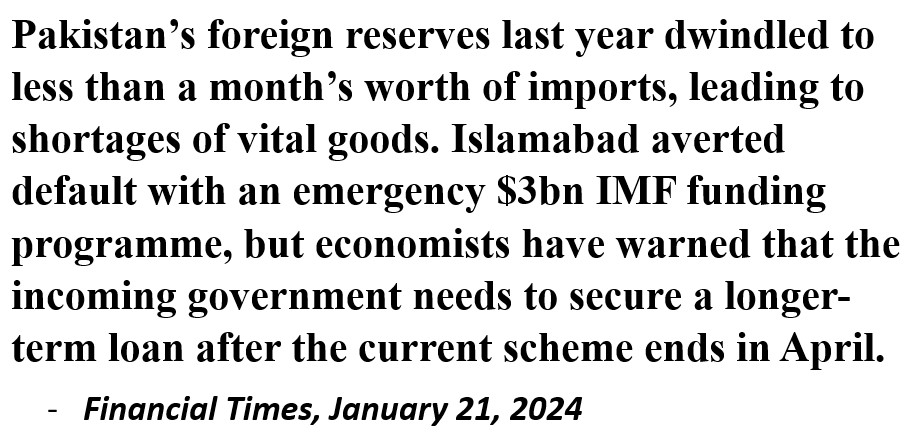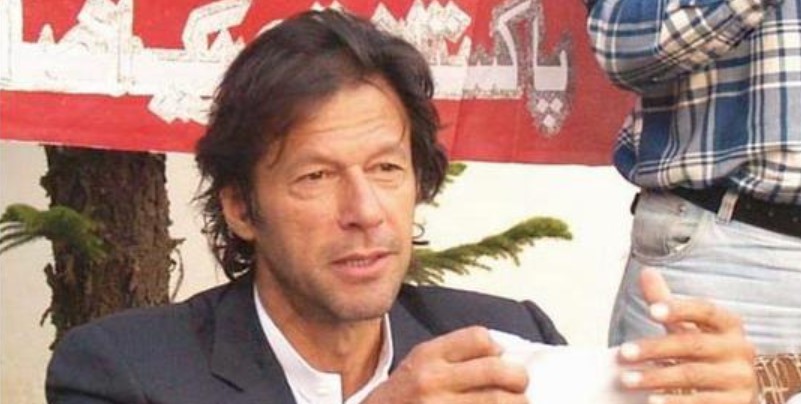By Umar Shahid
As Pakistan reels under the weight of a crippling economic crisis, its citizens went to the polls last week in a high-stakes election. With inflation skyrocketing, the value of the Rupee plummeting, and the spectre of IMF-imposed austerity looming large, these charade of elections expose the bankruptcy of the ruling elite.
Essential goods have become more expensive, putting a strain on household budgets, and unemployment has created a lack of opportunities. Yet during the campaign, all the major political parties pledged to “work with” the IMF, leading to concerns about potential cuts to subsidies and social programs, affecting the most vulnerable. This economic uncertainty heightened a sense of unease among the population.
In the lead-up to the election, there was speculation and rumours, and doubts were raised about whether the elections would even take place. This backdrop of instability made it challenging candidates to run effective campaigns and connect with voters. The extent of the restrictions on political activities and their impact on the fairness and inclusivity of the electoral process is still a topic of debate and investigation.
The real winner of the elections is Capital
The real winner of these elections is again, capital,as there is no real working class party present in the field at this moment, and the ruling class keeps on making policies to steal the wealth created by others to enrich themselves. Different factions of the ruling classes are fighting to get their share of the loot.
The sole aim of the political representatives of capital is to protect their interests. As Lenin wrote, in State and Revolution, “The oppressed are allowed once every few years to decide which particular representatives of the oppressing class shall represent and repress them in parliament.”
The elections results have brought political instability, because no single party could get simple majority. The largest number elected are the 101 ‘Independents’ who were mostly candidates backed by Imran Khan’s party, the PTI (Pakistan Tehreek-e-Insaf). They are followed by the PML-N (Pakistan Muslim League-N) with 75 seats, and the Pakistan Peoples Party with 54. Some smaller left parties also contested the elections, but could not get a single seat throughout the country. Notably, Ali Wazir, a Marxist who was elected as an Independent MP in 2018 also lost.
The entrenched power of the elite
These elections were merely a theatrical performance within a decaying system. They offered temporary relief through manufactured narratives and hollow promises, but further entrenched the power of the elite. In Pakistan, electoral politics has long ago lost its credibility. This can be seen from voter turnout.
Throughout Pakistan’s 76 years of history there have been 12 general elections based on universal adult franchise. The average turnover has been 47.86%, the highest being the 1970 election when it was 61% and that followed the period of the 1968-69 revolution.

This year, out of a 223 mn population, 123 mn were eligible to vote. But only 48% did so. According to the Pakistan Bureau of Statistics, 64% of the population is under 35 years old, and they are most deprived, in relation to all the basic needs like education, health. Yet although can see no prospects for their future, they mostly do not participate in politics. According to a recent Ipsos survey, conducted nationwide primarily among youth, only 29% expressed support for specific politicians and parties, enough to participate in their rallies and processions. Half of Pakistani youth believed elections would not influence their daily lives.
The 2024 elections were held in a very controlled manner that limited people’s ability to participate in political process and express their grievances. Initial excitement was dampened by widespread claims of blatant pre-poll rigging by the establishment. Another important feature of these elections was that the PTI, whose leader, the former Pakistan cricketer Imran Khan (picture top), is in prison, is almost scattered. The PTI was not allowed to use its party symbol, a cricket bat, on ballot papers, effectively ruling it out from standing.
The PTI candidates stood as ‘independents’
Most of the PTI’s candidates, therefore, stood as ‘independents’, yet they emerged as largest group. Imran Khan, however, is no anti-imperialist hero or saviour for the Pakistani people. Rather he is among worst anti-working class leaders, and one who when he was in office as Prime Minister, implemented the worst neoliberalism policies.
Imran Khan is a right-wing populist
His administration, from August 2018, to April 2022, saw many job losses, trade unions banned, and restrictions on the rights of activists. It was nourished in the nurseries of the Pakistan Military, which billed him as “a saviour” against “corrupt gangs”.
Khan is a right-wing populist, whose rhetoric is centred on the grievances of the middle class. He was forcefully thrown out of government by the Military in 2022, exposing the internal power struggles between different factions of the Pakistani State. After that, power was handed over Nawaz Sherif, of the PML N, with the PPP as their allies in parliament.

In return for IMF loans, they implemented IMF-dictated economic policies, bringing catastrophic consequences for ordinary people. This helped Khan’s supporters to win more support. The policies of Khan are a reflection of the deep discomforts and despair of the middle class. In the prevailing social and economic situation, there are many illusions in the mainstream political parties and right-wing populists like Imran Khan.
As these lines are being written, as the parties are jockeying for position, it looks like we will have a continuation of the government of the Pakistan Muslim League N, supported again by the PPP. They will no doubt carry on with the draconian austerity measures of the IMF. That will mean increasing state revenues through more taxation, the privatisation of state assets, and burdening pockets of already deprived population.
Pakistani economy is in long-term decline
From a long time, the trend of the Pakistani economy has been downwards as it contracts. Manufacturing and other sectors of economy are in continuous decline while speculative and the ‘informal’ economy are booming. The government’s only economic program is propping up the economy through borrowing in the hope of stimulating consumption-led growth. But this will only take the economy into another crisis later on.
The organic crisis of the Pakistan economy is clear, as policies revolved in cycles. In the history of the country, the capitalist class has failed to build a national state or promote any sustainable growth.
Parallel to the elections, several social movements are demanding economic and political reforms. These include protests in Gilgit-Baltistan for wheat subsidies, ongoing unrest in Baluchistan, and demonstrations against high electricity bills and living costs in Kashmir.
These movements are expression of the tremendous potential of the masses. Nevertheless, these are difficult times and testing periods for masses and well as revolutionary leadership. With patience and persistence, Marxists will be explain the situation to workers. Once again, a time will come when masses will rise in a mighty revolution. On the surface, at present, there is no workers movement, but underneath, there is a revolt is brewing and that will change the whole scenario.



